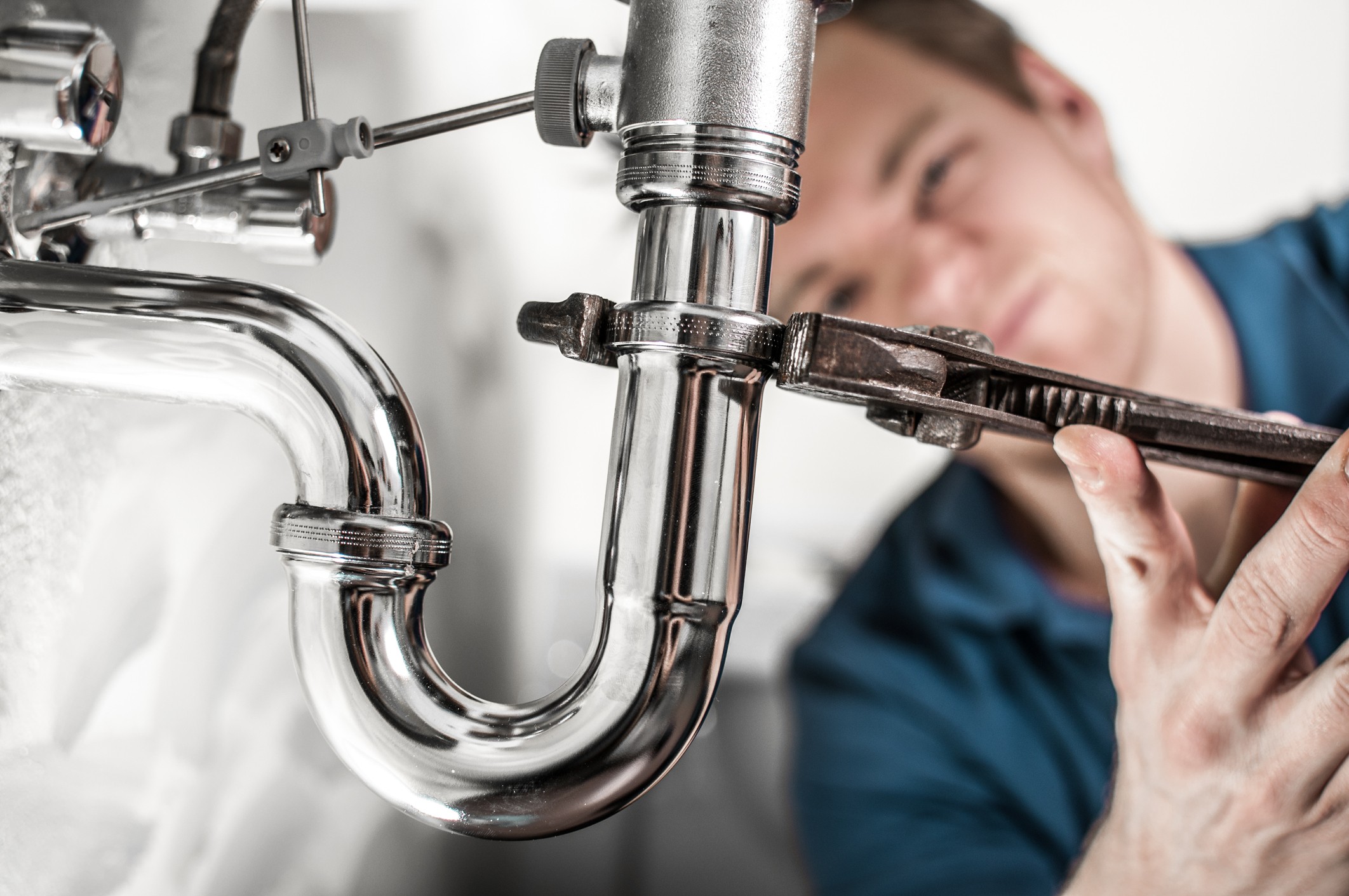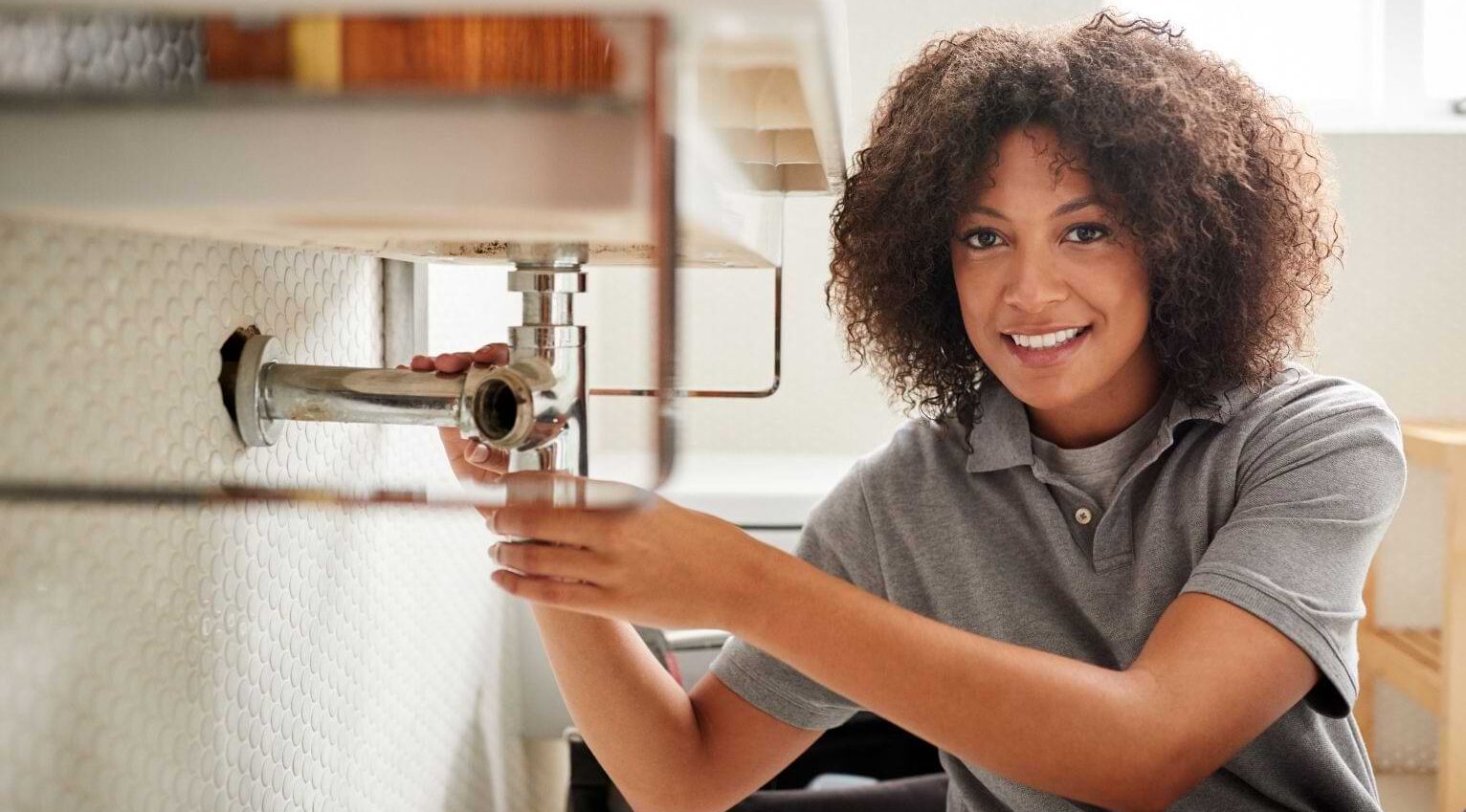Trusted Plumbing Services Alabaster AL for All Your Repair works
Trusted Plumbing Services Alabaster AL for All Your Repair works
Blog Article
A Detailed Overview to Reliable Hot Water Heater Setup for Ideal Performance
Getting started on the job of mounting a water heater is an endeavor that requires accuracy and a methodical technique for attaining ideal efficiency. As you continue, the ins and outs of connecting water supply lines and establishing up trusted electric or gas connections wait for, encouraging understandings right into making certain efficiency and integrity.
Choosing the Right Water Heating System

Next, take into consideration the size and capacity of the hot water heater. It's important to examine your house's warm water needs, which can differ based on the variety of occupants and their usage patterns. A system that's too tiny might bring about inadequate warm water, while an oversized design could cause unnecessary energy usage.
Efficiency scores likewise play a pivotal role in option. Seek water heating systems with high Power Element (EF) rankings, showing superior efficiency and reduced power use. Tankless designs, though normally extra expensive ahead of time, offer substantial power financial savings gradually due to their on-demand home heating capabilities.
Preparing the Installment Area
Before installing a new water heating system, precise preparation of the setup area is necessary. It's essential to measure the room carefully to accommodate the water heater's measurements, making sure appropriate clearance around the system for reliable procedure and servicing.
Next, get rid of any kind of debris, dirt, or blockages from the site to develop a clean atmosphere. Examine the flooring for stability, as the hot water heater will certainly require a solid, degree surface area to operate efficiently. If essential, set up a drip frying pan under the system to capture potential leakages or spills, avoiding water damage to the surrounding area. In regions vulnerable to seismic task, think about installing seismic bands to safeguard the heating unit strongly in place.
Furthermore, guarantee that all needed tools and products get on hand prior to starting the setup. This consists of items such as wrenches, screwdrivers, a level, and any kind of extra equipment needed for safeguarding the heating unit and mounting. A well-prepared installment area sets the foundation for a successful hot water heater setup, optimizing performance and safety.
Connecting Supply Of Water Lines
When linking water lines to your freshly installed water heating system, it is vital to make certain that all connections are secure and leak-free to keep reliable operation and prevent water damage. Begin by determining the cold and warm water lines. The cold water inlet is normally marked with a blue tag or a "C", while the warm water electrical outlet is marked with a red tag or an "H".
Usage adaptable water heater ports to facilitate a less complicated setup process. Before affixing the adapters, place a plumber's tape around the threaded ends of the water heater's inlet and electrical outlet pipes.
As soon as links are in place, slowly turn on the main supply of water valve. Inspect each connection for leakages by check out this site visually examining and feeling for dampness. Tighten links as needed, and guarantee the pressure relief valve is properly mounted, securing versus extreme stress accumulation.
Setting Up Electric or Gas Connections
Correctly establishing up the electrical or gas links for your water heating system is an important action to make certain reliable and secure operation. For electrical water heating units, start by verifying that the electrical circuit is compatible with the heating unit's voltage and amperage demands.
For gas water heating systems, security is critical. Link the gas line to the water heater using a versatile gas port, guaranteeing it is correctly threaded and sealed with pipeline joint compound or Teflon tape appropriate for gas connections.
When links are made, inspect for any potential leakages. For gas lines, use a soapy water remedy to the joints; bubbles show a leak. For electrical links, double-check that all circuitry is safe and secure and properly protected, maintaining conformity with neighborhood electric codes.
Readjusting and testing for Efficiency
With the electric and gas connections securely in area, the next step is evaluating the operational effectiveness of your water heater. Begin by meticulously transforming on the water supply and making certain there are no leakages at any of the joints or valves.
Following, execute a comprehensive inspection to make certain the home heating elements or gas heaters are functioning properly. For electrical heaters, use a multimeter to confirm if the elements are attracting the suitable existing. In gas models, observe the heater flame; it must be blue and constant, indicating effective combustion.
Adjust the setups as essential to remove inefficiencies. Think about carrying out insulation steps, such as including a water heater blanket, to further boost efficiency by minimizing warm loss. In addition, check the anode pole's condition, as a tatty rod can lower effectiveness and lead to container corrosion.
Verdict
Reliable hot water heater setup is important for guaranteeing optimal efficiency and energy savings. By selecting the appropriate kind and size, and carefully preparing the installment location, a structure for success is developed. Firmly connecting supply of water lines and meticulously setting internet up electric or gas connections reduce potential problems. Comprehensive screening for leakages and accurate thermostat modifications to 120 ° F improve dependability and performance. Abiding by these actions advertises long-lasting functionality and power conservation check out this site in household water heating systems.

Appropriately establishing up the electric or gas links for your water heating system is an essential step to make certain secure and effective procedure. For electric water heating units, begin by confirming that the electric circuit is suitable with the heater's voltage and amperage demands. Connect the gas line to the water heating system utilizing an adaptable gas port, ensuring it is correctly threaded and sealed with pipe joint substance or Teflon tape ideal for gas connections.
Report this page